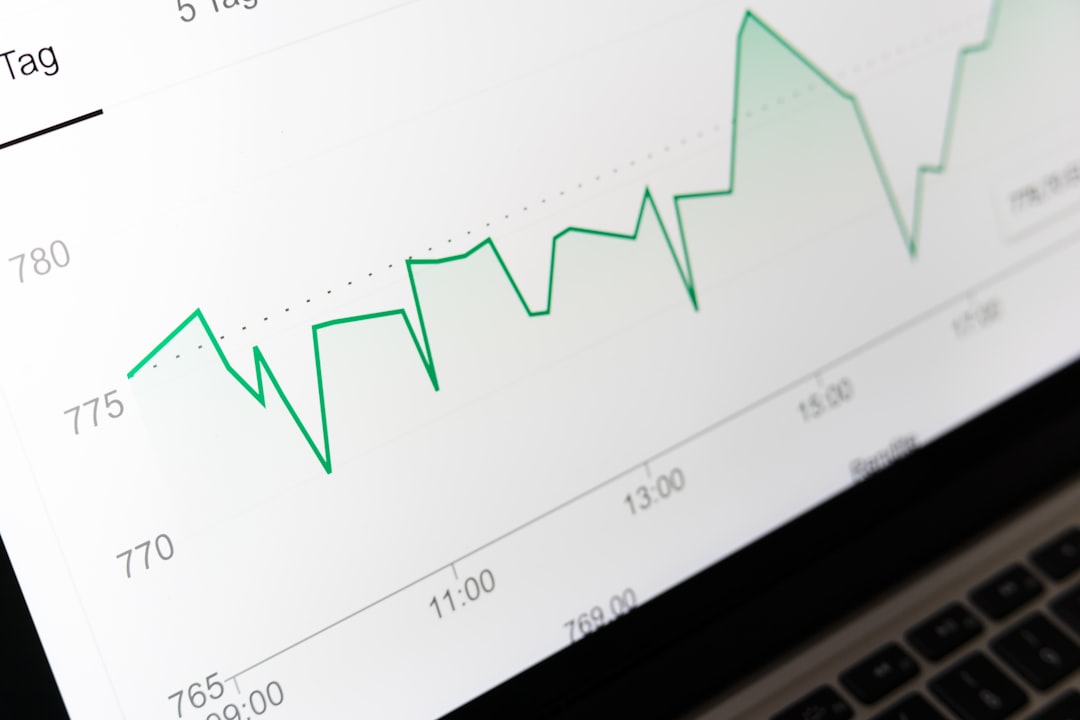Data quality is a measure of the fitness of data for its intended use. In other words, data quality is the degree to which data meets the requirements of the business or organization. Data quality is a critical factor for success in today’s data-driven world. Businesses and organizations must ensure that their data is of the highest quality in order to make informed decisions, optimize operations, and create value for their customers.
Each dimension of data quality is essential for understanding and improving the quality of data. By understanding the dimensions of data quality, businesses and organizations can identify and address the factors that affect the quality of their data. Improving data quality can have a positive impact on business outcomes, including increased efficiency, lower costs, and improved customer satisfaction.
Dimensions of Data

There are six main dimensions of data quality, which are comprehensiveness, consistency, accuracy, format, timeframe, and integrity.
Comprehensiveness is the degree to which data is complete and includes all necessary information. This dimension is important for ensuring that all information relevant to a decision is available. Comprehensiveness is determined by factors such as the range of data values, the number of data items, and the inclusion of all required data elements.
Consistency is the degree of conformity to the same rules or standards. This means that all data should be collected and stored in a way that is reliable and efficient.
Accuracy is the degree to which data is correct and free of errors. This dimension is important for ensuring that data is reliable and can be used for decision-making. Accuracy is determined by factors such as the source of the data, the method of collection, and the processing and analysis techniques used.
Format is the degree to which data entry appears in the decided singular format. When formatting data, the most important thing is to make sure the data is easy to read and understand.
Timeframe is the degree to which data is updated and current for decision-making. Timeliness is determined by factors such as the frequency of data updates, the period of time covered by the data, and the length of time it takes to collect and process the data.
Integrity is the degree of protection from unauthorized changes. Data has integrity when it has not been changed inappropriately and complies with certain rules and standards.
All of these dimensions are important for ensuring that data is usable and effective. By paying attention to these dimensions, businesses and organizations can ensure that their data is accurate, complete, timely, and relevant. This can help them make better decisions and achieve their goals.
Dimensions of Data Quality in Practice
Data quality is a critical component of effective data management. In order to make sound decisions, organizations need accurate and timely data. The quality of data can be impacted by a variety of factors, including the quality of the data sources, the data cleansing and validation process, and the data governance framework.
Data quality is also often measured in terms of its impact on business outcomes. The quality of data can affect critical business outcomes such as revenue, profitability, and customer satisfaction.
Measuring Data Quality

Data quality is a measure of the fitness of data for its intended use. The fitness of data is determined by its accuracy, completeness, consistency, timeliness, and usefulness. Data accuracy is the degree to which data corresponds to its real-world counterpart. Data completeness is the degree to which data meets the needs of the user. Data consistency is the degree to which data is internally consistent. Data timeliness is the degree to which data is current. Data usefulness is the degree to which data meets the needs of the user.
Data quality is important because it is the foundation of reliable and accurate information. Poor data quality can lead to inaccurate business decisions, wasted resources, and even financial losses. It is therefore essential to ensure that data is of the highest quality before it is used for any purpose.
